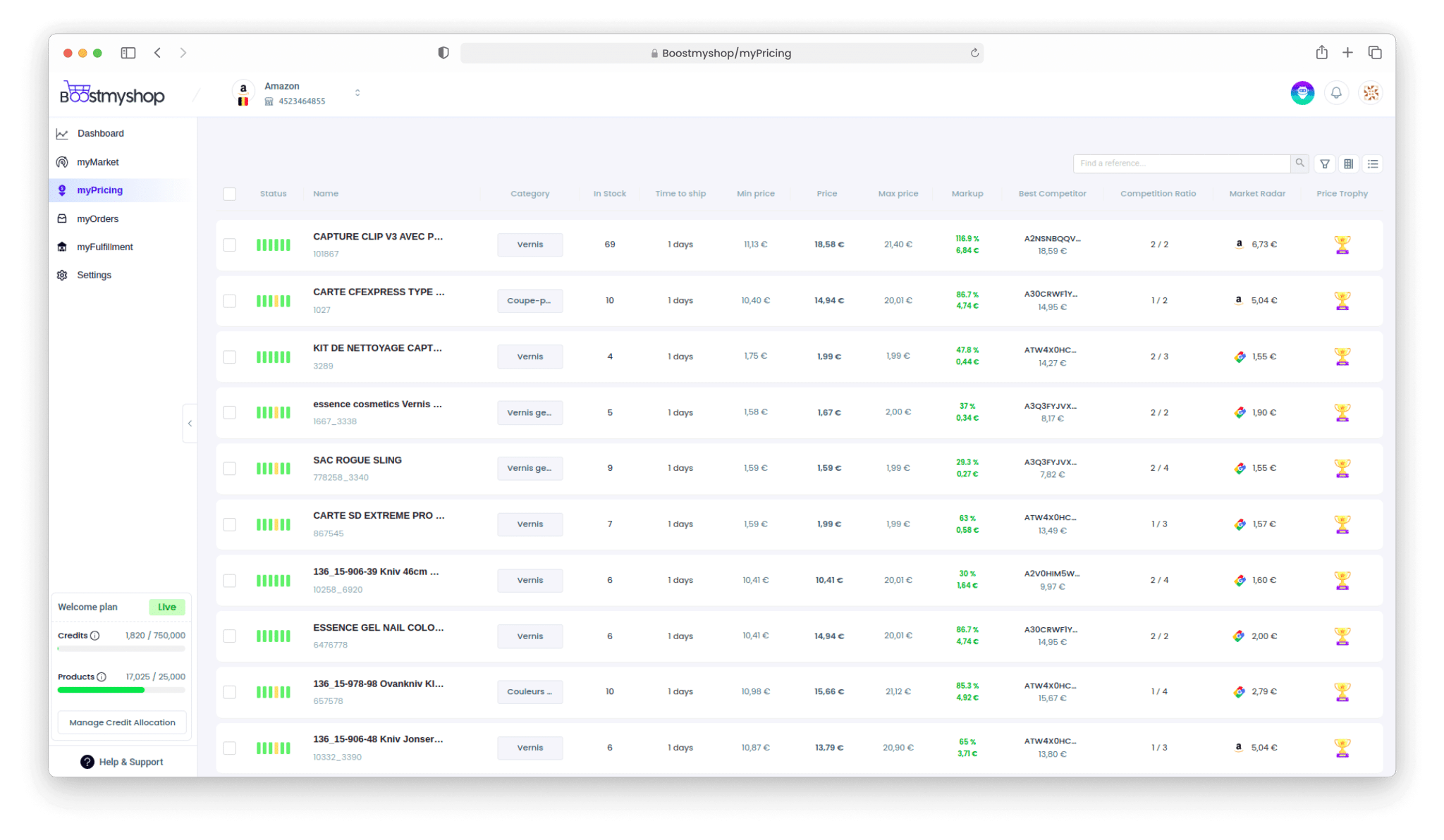Why Cost-Based Pricing is Ideal for Ecommerce
A Cost-Based Pricing Strategy Guide for Marketplace Sellers
Pricing is one of the most important aspects of running a successful ecommerce business. It can make or break your business, and it’s essential to get it right. One of the most popular pricing strategies used by ecommerce businesses is cost-based pricing. This strategy involves setting prices based on the cost of producing and selling a product or service. In this article, we’ll discuss why cost-based pricing is ideal for ecommerce businesses with a detailed guide to implement it.
What is Cost-Based Pricing Strategy?
Cost-based pricing strategy involves setting prices based on the cost of producing and selling a product or service. This strategy takes into account the cost of materials, labour, overhead, and other expenses associated with producing and selling a product or service. The goal of cost-based pricing is to ensure that the price of a product or service covers all of the costs associated with producing/selling it.
Ensures total profits for your business
Automate your cost-based pricing strategy using our solution
Book a demo
Benefits on implementing the strategy
Cost-based pricing has several benefits for ecommerce businesses.
First, it helps to ensure that the price of a product or service covers all of the costs associated with producing and selling it. This helps in profitable business and can remain in business.
Second, it is relatively easy to implement. It doesn’t require a lot of research or analysis, and it can be quickly implemented. This makes it ideal for businesses that need to quickly set prices for their products or services.
Third, it is relatively easy to adjust. If the cost product changes, the price can be quickly adjusted to reflect the new costs. This makes it easy to keep prices up to date and ensures that the business remains profitable.
Finally, cost-based pricing ensures that you don’t lose margins. Customers can easily understand why a product or service is priced the way it is, which can help to build trust and loyalty.
How to Implement Cost-Based Pricing Strategy
Implementing cost-based pricing is relatively straightforward. Here are the steps for implementing a cost-based pricing strategy in a marketplace:
1. Calculate your product costs
Start by calculating the direct costs associated with producing or acquiring your product, such as raw materials, labour, and shipping. You should also factor in any indirect costs such as rent, utilities, and marketing.
2. Determine your desired profit margin
Decide on the profit margin you want to achieve for your product. This should be based on your business goals and industry standards. For example, if your goal is to achieve a 30% profit margin, you would add a 30% markup to your product costs.
3. Determine your pricing structure
Decide on the pricing structure you want to use for your products. This can be a simple markup on your product costs, or you may want to create a more complex pricing structure that takes into account different product lines, customer segments, or promotional offers.
4. Test and adjust your pricing
Once you have determined your pricing structure, you should test it in the marketplace to see how customers respond. You may need to adjust your prices based on customer feedback, competitive pressures, or changes in your costs.
5. Monitor and review your pricing regularly
Regularly monitoring your pricing performance is essential to ensure that your cost-based pricing strategy remains effective over time. You may need to make adjustments to your pricing structure based on changes in your costs, customer demand, or market conditions.
Implementing this strategy in a marketplace can be challenging, but it can be an effective way to ensure that your prices are competitive and profitable. By calculating your product costs, setting a reasonable profit margin, and testing and adjusting your prices regularly, you can create a pricing strategy that meets the needs of both your business and your customers.
Conclusion
Cost-based pricing is an ideal pricing strategy for ecommerce businesses. It helps to ensure that the price of a product or service covers all of the costs associated with producing and selling it, and it’s relatively easy to implement and adjust. By following the steps outlined in this article, ecommerce businesses can easily implement cost-based pricing and ensure that their business remains profitable. You can Utilize tools like Boostmyshop myPricing to effortlessly implement the pricing strategy and sell more. You would not lose your margins unnecessarily.
Implement dynamic pricing strategies.
Win buy boxes, make profits and lose no margins.
Book a free demo now


